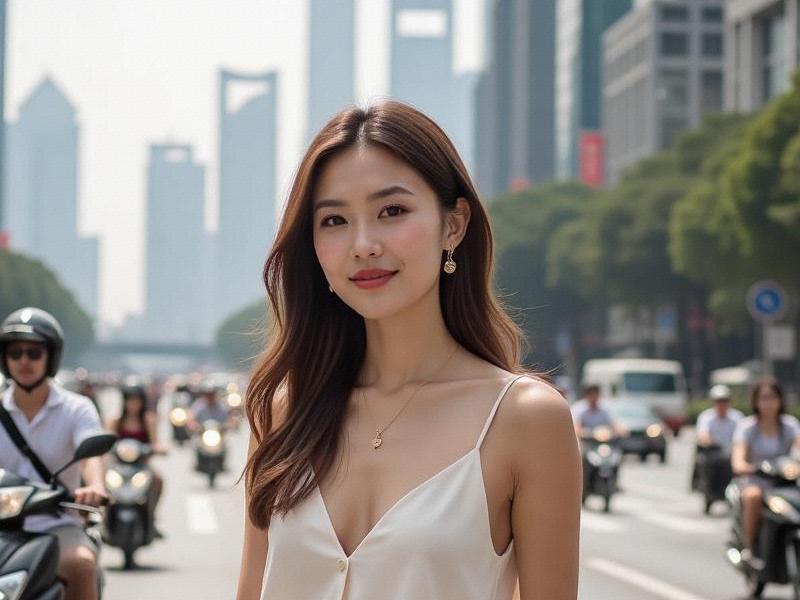This feature explores Shanghai's cultural renaissance as young Shanghainese reinterpret traditional heritage through modern lenses, creating a unique urban identity that blends East and West in unexpected ways.

The sound of a pipa echoes through the converted textile mill, its ancient melodies blending with electronic beats from a DJ setup. This unlikely fusion at M50 art district encapsulates Shanghai's cultural moment - a city long celebrated for its Western influences now experiencing a profound reconnection with its Chinese roots, reinterpreted through contemporary creativity.
Shanghai's cultural statistics reveal this quiet revolution:
- 142% increase in traditional teahouses since 2020 (now over 1,800)
- 68 heritage buildings converted to cultural use in past 5 years
- 39% of young professionals now study calligraphy or guqin
上海神女论坛
The phenomenon manifests physically along Ferguson Lane, where 1930s shikumen houses now host both French bakeries and Jiangnan-style tea ceremonies. "My grandparents fled these traditions during the Cultural Revolution," explains 28-year-old entrepreneur Lin Yuxi, who revived her family's porcelain workshop to crteeamodern tableware. "Now we're reclaiming them on our own terms - no longer as obligations, but as choices."
This cultural reawakening extends beyond nostalgia. At the newly opened "Longhua Digital Temple," augmented reality brings ancient Buddhist art to life for smartphone-wielding visitors. Nearby, the Shanghai Symphony Orchestra performs rearranged Kunqu opera pieces using AI-composed accompaniments. Even the city's famous jazz scene has transformed, with clubs like JZ Club hosting "Jiangnan jazz" nights blending Suzhou folk melodies with improvisation.
上海喝茶服务vx The economic impact is substantial. Creative industries now contribute 13.7% to Shanghai's GDP, with traditional crafts experiencing particular growth. The Qibao Folk Art Center reports a 320% increase in young artisans learning embroidery and paper-cutting since 2022. Luxury brands like Florasis have built research centers here to adapt heritage techniques for global markets.
Urban planning reflects this shift. The Hongkou District's "Memory Lane" project preserves Communist-era factory aesthetics while housing tech startups. In Xuhui, the West Bund waterfront combines Song Dynasty-inspired landscaping with augmented reality art installations. "We're not building museums," says chief urban designer Zhang Wei. "We're creating living traditions that evolve daily."
Challenges persist. Gentrification threatens some authentic communities, while commercialized "heritage experiences" risk becoming superficial. The city's art community debates how to balance innovation with respect - is a blockchain-verified digital replica of a Ming vase progress or sacrilege?
上海品茶论坛
Yet Shanghai's cultural renaissance ultimately represents something deeper - the reconciliation of a city long divided between its Chinese essence and international aspirations. As 91-year-old calligrapher Wang Dongsheng observes while teaching young students: "Shanghai was never just China's window to the West. It was always the West's window to China - and now we're cleaning that window to see both sides more clearly."
As dusk falls on the Bund, the city's dual heritage shines literally - the neon of Pudong's skyscrapers reflecting in the Huangpu River alongside the glowing lanterns of traditional riverboats. In this light, Shanghai's true genius becomes visible: not choosing between past and future, but illuminating the path where both can walk together.